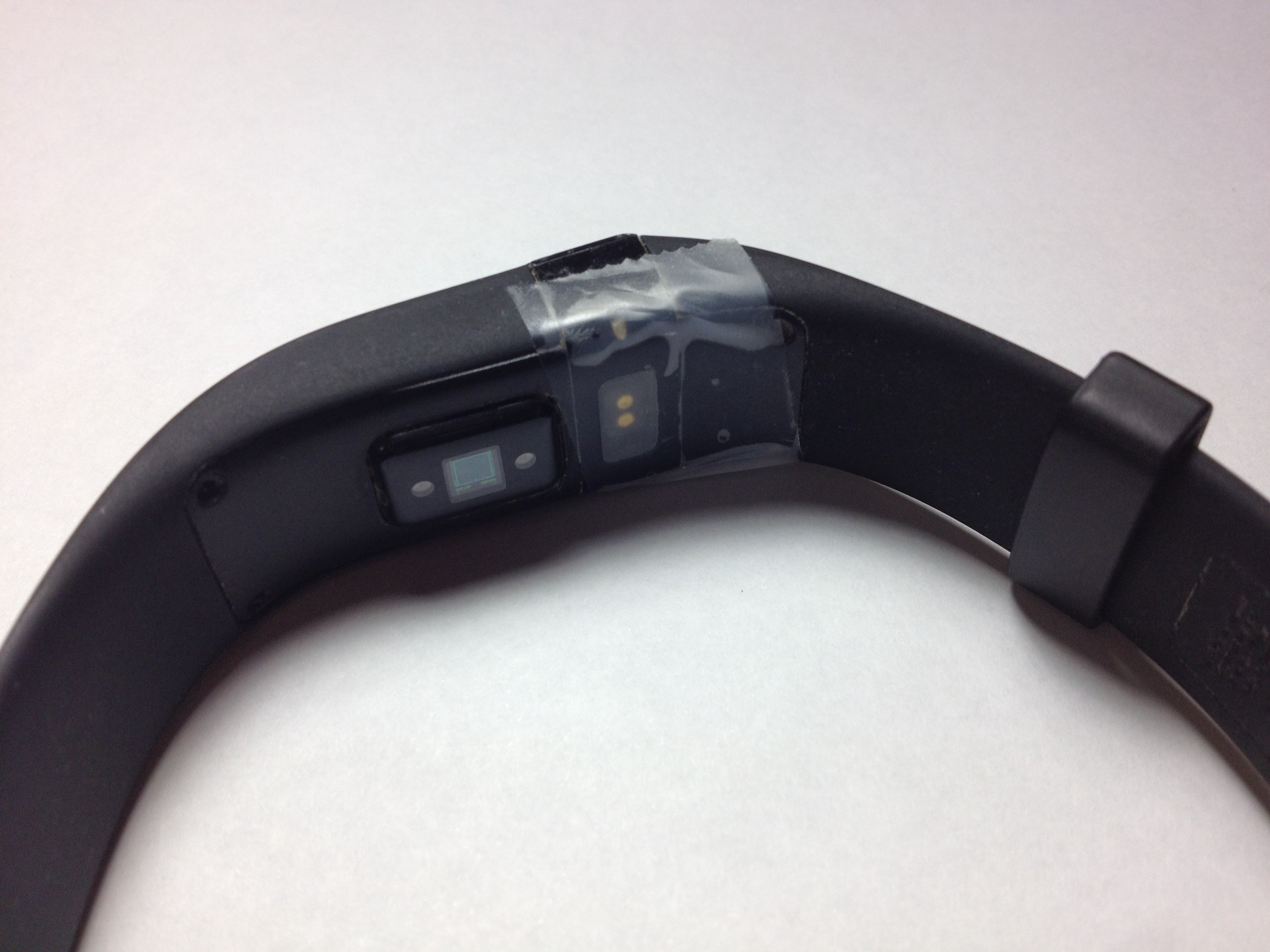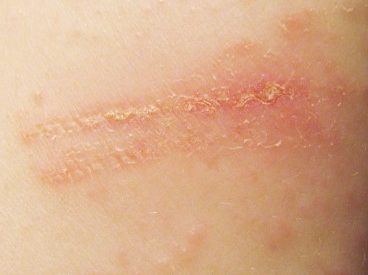It?s June 1st, and if you can hear the words ?New Year?s Resolution? without cringing, congratulations.
My resolution, along with the rest of America, is to get fit. I?m a data driven person, so the Fitbit is a great choice to help motivate me by tracking all my numbers. I also have a Fitbit scale which takes care of logging my weight.
But I also had the Fitbit ?rash??
The Fitbit rash, if you?ve not had it, is a nasty, red, itchy rash that happens on the skin where your Fitbit rests. If you look on the forums, you?ll see the Fitbit official advice is one of a few answers:
- Wash your Fitbit and your wrist.
- Switch wrist.
- Stop wearing it. (of course, we already got your money.)
For a wearables company to admit that you might have to stop wearing their product is really bad. Ridiculously bad.
But I?ve got the rash, and I love my Fitbit, and I?d be damned if I?m going to waste $150. So I?m going to instead leak the secret that could make Fitbit a few extra million dollars.
I figured out a cure. Using nothing but the scientific method and a piece of tape. Let?s walk through it a step at a time.
Observation
I?d been wearing a Charge HR for about a few months before noticing the rash. At first, I didn?t think much of it, and switched hands and it went away. I figured it must have been like a bug bite.
But after I started exercising more frequently and vigorously for my New Year?s Resolution, it bit like a bug from hell.
The rash itself starts as a dry itchy spot, usually on the top part of the wrist, on the side nearer to the pinky finger. As you scratch, it will start to run more red and start to burn. After a few days or weeks, if you are still wearing your device, it will turn to an unbearable painful burning, even when you take it off. By this point, switching wrists means you might have both arms in bad shape.
At this point, I stopped wearing it and started researching. It seems like nobody has an answer for this one. The forums were very disappointing. There was science to be done.
 Not a Fitbit rash, but looks just like one.
Not a Fitbit rash, but looks just like one.
Hypothesis
Many people assumed that because of the location of the rash, that it had to do with the laser pulsing system that measures heart rate. It is the part that sticks out a little and will make a dent in your skin, so it has a lot of time against your skin.
But as someone who has had contact dermatitis in the past, due to a common nickel allergy, I thought it was more likely to be the uncovered charging port.
Experiment
Even though the metals in the charging port weren?t directly connecting with my skin (wearing it loosely, as suggested by support), the sweat could be providing a conduit for contact. Then, it came to me, the famous line from Sneakers:
Can we beat this with tape?
Simple 3M scotch tape should provide a simple, waterproof seal around the charging port, preventing any contact of any kind. Here?s how I laid out the tape:
 88Taped over charging port == NO RASH.
88Taped over charging port == NO RASH.
The key is to make sure that you have completely sealed the charging port. By just taping over the port, I was able to quickly remove the tape to charge it, and simply just replace it after charging. One thing to be careful of is to use the tape to wrap around the sides, as pictured. The serrated edges of the tape and the adhesive can also irritate your skin, so keep the edges of the tape far away as possible from your wrist.
Results
Worked like a charm. It took a few months (!) for the rash to disappear from my wrists, but as soon as I put the tape on, the rash stopped worsening. My suggestion is to stop using it for the first month, then continue on with a taped Fitbit to help speed healing of the rash.
Over this time, I didn?t try any other remedies, such as lotion or skin products. But as the rash healed, a little lotion was good to help relieve the dry skin. I also think the tape might leech out a bit of the natural skin oils, leaving your skin a bit dry.
Conclusions
If Fitbit can charge $20 for a replacement charging cable, then we should be able to use our devices without a rash. For a wearables company, being able to wear your tech is key. Here?s a few suggestions for how to improve your product:
- Design a cordless charging system: This is about the best, and would allow for the port to be rid of entirely, but this would also probably increase the cost of the device.
- Redesign such that the port is sealed when not worn: Imagine a design like a wristband where the port is sealed because it is inside the clasp. But this might make selling expensive replacement wristbands hard.
- Use higher quality metals for the charging contacts. This is tricky, because unfortunately Surgical Stainless Steel used in the clasp isn?t conductive.
- Provide a simple silicon plug that is tight enough to be waterproof. While there are some covers available, they aren?t tight to fit, and don?t match the quality construction of the Fitbit. Bonus points if it will imprint ?GET FIT? or something cool on my skin when I take it off.
PS ? Science!
The scientific method is a powerful model for solving problems. And sometimes, it?s a lot easier than you think.
? –
If you liked this article, and are dusting off your Fitbit now, exercise that finger over the green heart first, then hit that follow button. I?ll be writing at least once a week on various topics, all of them awesome.
Share the love and knowledge, and tell me about your wearables stories!


